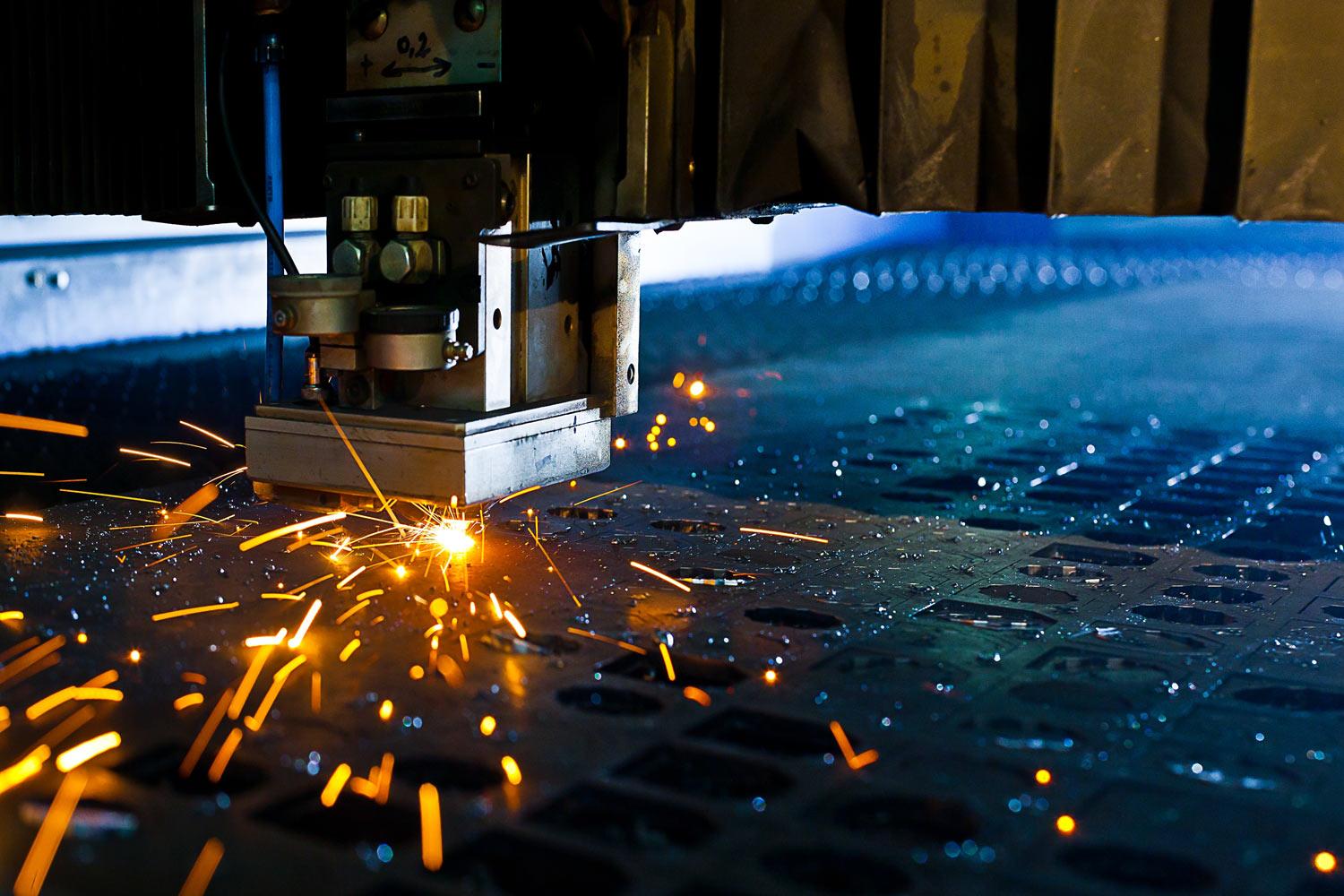
hair rebonding
...
Hair Rebounding - What It Is And How It Works
Hair rebonding is a smoothing, hair tightening chemical technique that produces a straighter, more hair-friendly appearance. It is also sometimes referred to as chemical straightening. Hair rebonding is usually performed by an experienced cosmetologist in your local hair salon. The multistep procedure essentially breaks down the natural biological bonds which exist in your hair's follicle structure and then rebuild those bonds into a new form. By restoring the hair's original fullness and luster, hair rebonding can significantly reduce the look of split ends and frizz.
There are several different types of hair rebonding. The most popular one is done with a relaxant, a type of thick chemical paste which is applied to the hair and scalp and left to sit for about an hour or so. When you get home, cover your hair with a plastic wrap or plastic bag in order to keep the relaxant from evaporating. One or two days later, remove the plastic wrap or bag, and the hair rebonding will begin.
A major advantage of hair rebonding over straightening is that it prevents excessive breaking of hair and minimizes the chances of further damage to hair and scalp. The chemicals used in the process are derived from natural substances and do not cause any skin irritation. However, there are some disadvantages. The major disadvantage of this straightener process is that it can be very expensive, especially if you need several sessions.
A second popular hair rebonding treatment is volume rebonding, also known as spot removal. Volume bonding involves applying a thick, even layer of hair color to areas where you need a little more shine. This helps to hide dull or broken hair and give your scalp a healthy look. Volume rebonding can be very helpful at making your hair shinier and give it that healthy look that you have always wanted.
Some of the best hair rebonding products contain a relaxant, color enhancer and moisture-increasing agents. There are other types of hair rebonding treatments with additional chemicals and treatments such as flat irons. It is very important to choose a product that is made from all-natural ingredients. Many hair rebonding treatments include relaxants such as tretinoin. There is some evidence to suggest that tretinoin causes skin irritation and redness. Avoid using relaxant drugs while undergoing hair rebonding because the drugs may cause further hair damage and they may also cause the scalp to become dry.
The third type of hair rebonding treatment that you may hear about is electrolysis, which is also known as laser hair rebonding. You may have seen pictures or information about hair recording sessions that include electric shocks to the hair. While this is still a temporary treatment, hair shock can help to loosen and remove the smallest amounts of dead skin cells and unwanted hair. Although you may notice small amounts of hair loss after the treatment, hair rebonding treatments are still considered safe when performed by an experienced professional.
If you want to find out if hair rebonding will work for you, talk to your doctor. If you decide that it will, then you need to find a professional who offers hair rebonding services. During your consultation you should take the time to learn about the different techniques and products that are available. Then, you can ask the professional about which relaxant, if any, he or she recommends.
One of the most common types of hair rebonding treatment involves bonds. The procedure works by applying heat to the hair that has been curled. The heat not only causes the hair to relax, but it also tightens the hair making it appear straighter. Bonding relaxers can either be liquid or cream based. For a smoother appearance, hair rebonding can be combined with straightening to get the best results.



